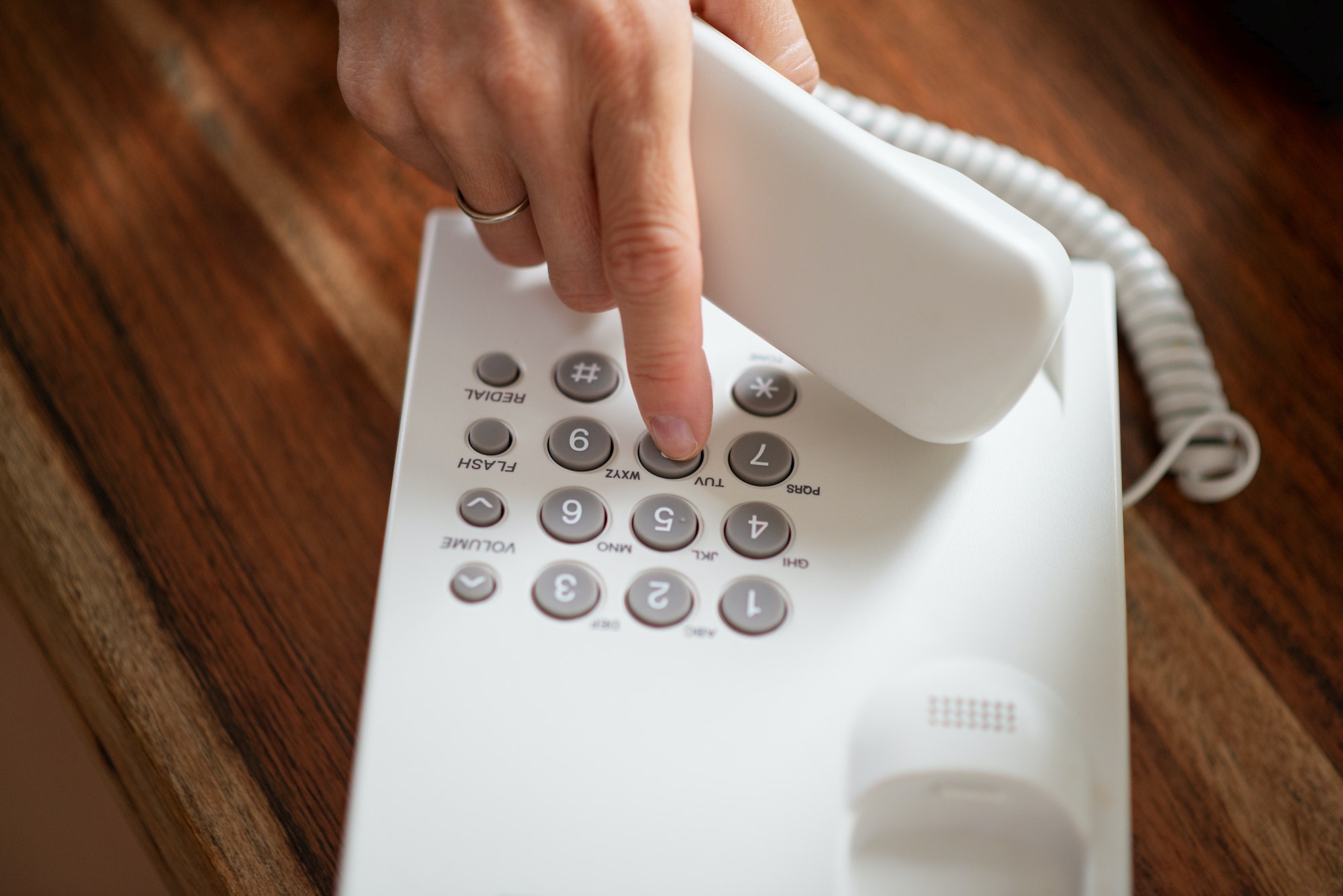Adults with Autism
Leaving A Voicemail
The Social Struggle of Leaving a Voicemail
Leaving a voicemail can be a bit daunting, especially for individuals with autism. While it’s important to remember that autism is a diverse condition, and experiences may vary among individuals, here are some common reasons why leaving a voicemail can be difficult:
- Communication difficulties
- Sensory sensitivities
- Difficulty with non-verbal cues
- Anxiety or uncertainty
- Difficulty with spontaneous speech
- Executive function and sequencing difficulties
However, with a few tips and some practice, you can handle it confidently. Here’s a step-by-step guide to help you navigate leaving a voicemail as an adult with autism:

Prepare Beforehand
Before making the call, take a moment to gather your thoughts. Consider what you want to say and the purpose of your message. Jot down a few key points or any important details you want to mention.

Plan Your Script
It can be helpful to create a short script to guide you during the voicemail. Think about how you want to introduce yourself, the reason for your call, and any specific information you need to convey. This can help you stay focused and organized.

Speak Clearly & Calmly
When leaving a voicemail, enunciate your words clearly and try to speak at a moderate pace. Take deep breaths to help you relax and maintain a steady rhythm. If you feel anxious, it might help to practice beforehand or even record a practice voicemail for yourself.

Begin With a Greeting
Start your voicemail with a polite greeting, such as "Hello" or "Hi." You can introduce yourself by saying your name, followed by a brief context if necessary. For example, "Hi, this is [Your Name]. We met last week at [event/place]."

State the Purpose of Your Call
Clearly and concisely explain why you are calling. If you have specific questions or requests, mention them early on. It's important to keep your message focused and to the point.

Provide Necessary Information
If there are any relevant details you need to communicate, ensure you include them in your voicemail. This could include your contact information, the best times to reach you, or any specific deadlines or time-sensitive information.

End Politely
Conclude your voicemail with a polite closing. You can say something like, “Thank you for your attention” or “I look forward to hearing from you soon.” Keep it professional and friendly.

Practice if Needed
If you’re feeling unsure, consider practicing your voicemail a few times before making the actual call. This can help build confidence and ensure you’re conveying your message effectively. If needed, write down an exact script that you can read aloud while leaving your voicemail.


Be Patient & Follow Up if Necessary
Remember that not everyone checks their voicemails immediately. If you don’t receive a response after a reasonable amount of time, consider following up with an email or another form of communication to ensure your message was received.
Keep Practicing!
Remember, leaving a voicemail is a common form of communication, and everyone understands that not everyone is a pro at it! By following these steps and practicing, you’ll become more comfortable and proficient at leaving voicemails over time.
Guide Disclaimer
The information provided in this social guide for adults with autism is intended for general guidance and support. While we have made every effort to ensure the accuracy and relevance of the content, it is important to remember that each individual’s needs and experiences may vary. This guide is not a substitute for personalized professional advice or assistance.
We strongly recommend consulting with a healthcare professional, autism specialist, or any other relevant expert who can provide personalized guidance tailored to your specific circumstances. They can offer additional strategies, accommodations, and resources that may better address your unique challenges and goals.


